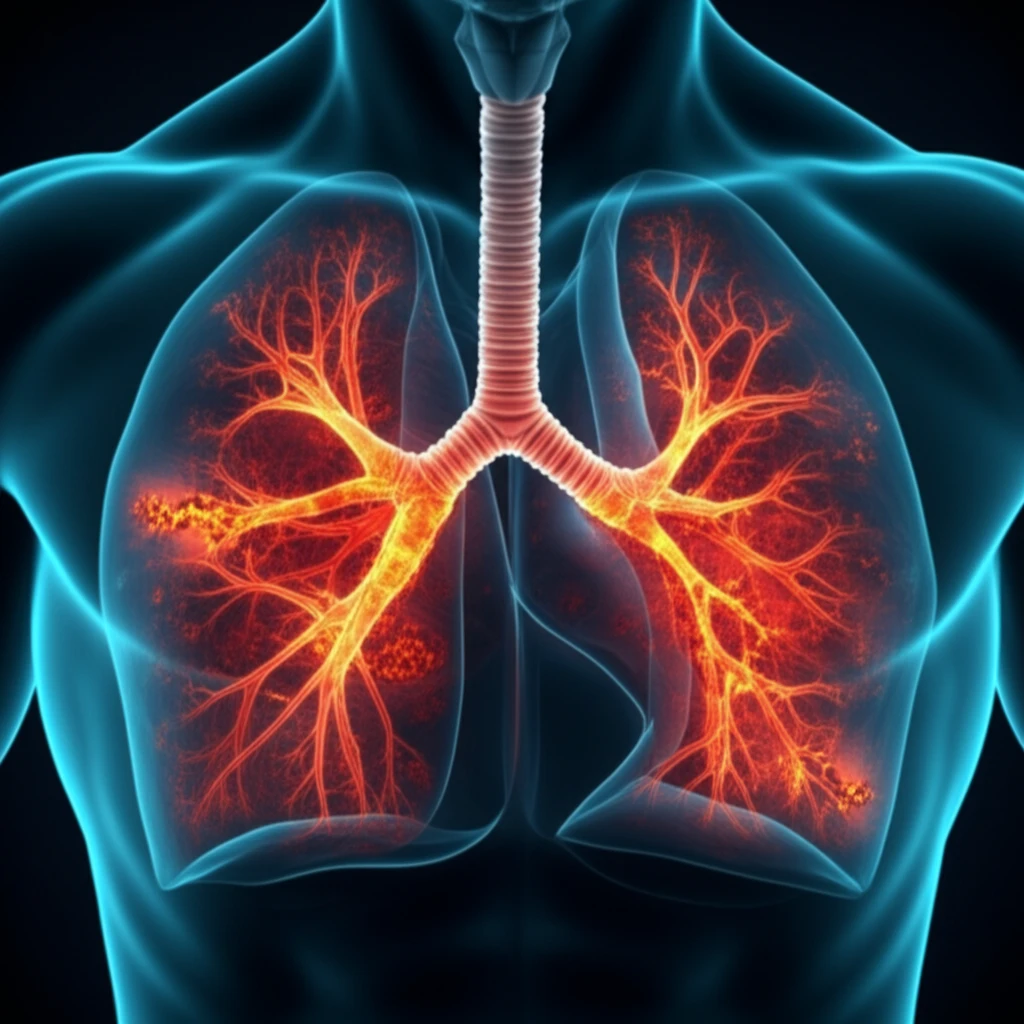
Hidden TB? How Scans Can Spot Dormant Dangers
"Uncover the role of PET/CT scans in detecting active tuberculosis within old, healed lesions, and how it could change treatment strategies."
Tuberculosis (TB) is often thought of as a disease of the past, but it remains a significant global health concern. While active TB—the kind that makes you sick—is what most people think of, there's also such a thing as old, healed TB. This refers to lesions or scars left in the lungs after a previous TB infection. These lesions don't always mean the danger is gone; sometimes, the bacteria can linger in a dormant state, with the potential to reactivate and cause illness later.
Imagine TB as a wildfire that was seemingly put out, leaving behind charred areas. These areas, the old healed TB lesions, might still harbor embers capable of reigniting the fire. Knowing whether those embers are still glowing is crucial for preventing future outbreaks. That’s where a sophisticated tool called 18F-fluorodeoxyglucose positron emission tomography/computed tomography, or 18F-FDG PET/CT, comes into play.
A recent study delved into how PET/CT scans can help identify metabolic activity in these old TB lesions. Metabolic activity, in this case, suggests the TB bacteria might still be active, even if not causing immediate symptoms. This article explores the findings of this research, explaining how PET/CT scans work, who might benefit from them, and what the future implications could be for TB prevention and treatment.
What is Old Healed TB and Why Does It Matter?

Old healed TB refers to the remnants of a previous tuberculosis infection visible on a chest X-ray or CT scan. These remnants often appear as nodules (small lumps) or fibrotic scars, usually in the upper lobes of the lungs or near the hilar area (the central part of the lungs where blood vessels and airways enter). Sometimes, old healed TB can also manifest as bronchiectasis (widening of the airways) or pleural scarring (scarring of the lung lining).
- Increased risk of active TB: People with old healed TB are more likely to develop active TB compared to those without any signs of previous infection.
- Potential for reactivation: Dormant bacteria can reactivate, causing new symptoms and making the person contagious.
- Importance of monitoring: Regular check-ups and monitoring are essential to detect any signs of reactivation early.
The Future of TB Detection: What's Next?
This research opens exciting possibilities for improving TB detection and prevention. By using PET/CT scans to identify individuals with metabolically active old healed TB lesions, doctors might be able to target preventative treatments more effectively. This could involve closer monitoring, lifestyle interventions to boost the immune system, or even targeted drug therapies to eliminate the dormant bacteria before they reactivate. Further studies are needed to fully understand the implications of these findings and to determine the best course of action for individuals with increased FDG uptake in old healed TB lesions. However, this research represents a significant step forward in our fight against TB, offering a new way to identify and manage those at risk.
